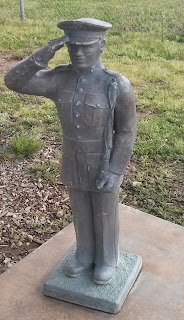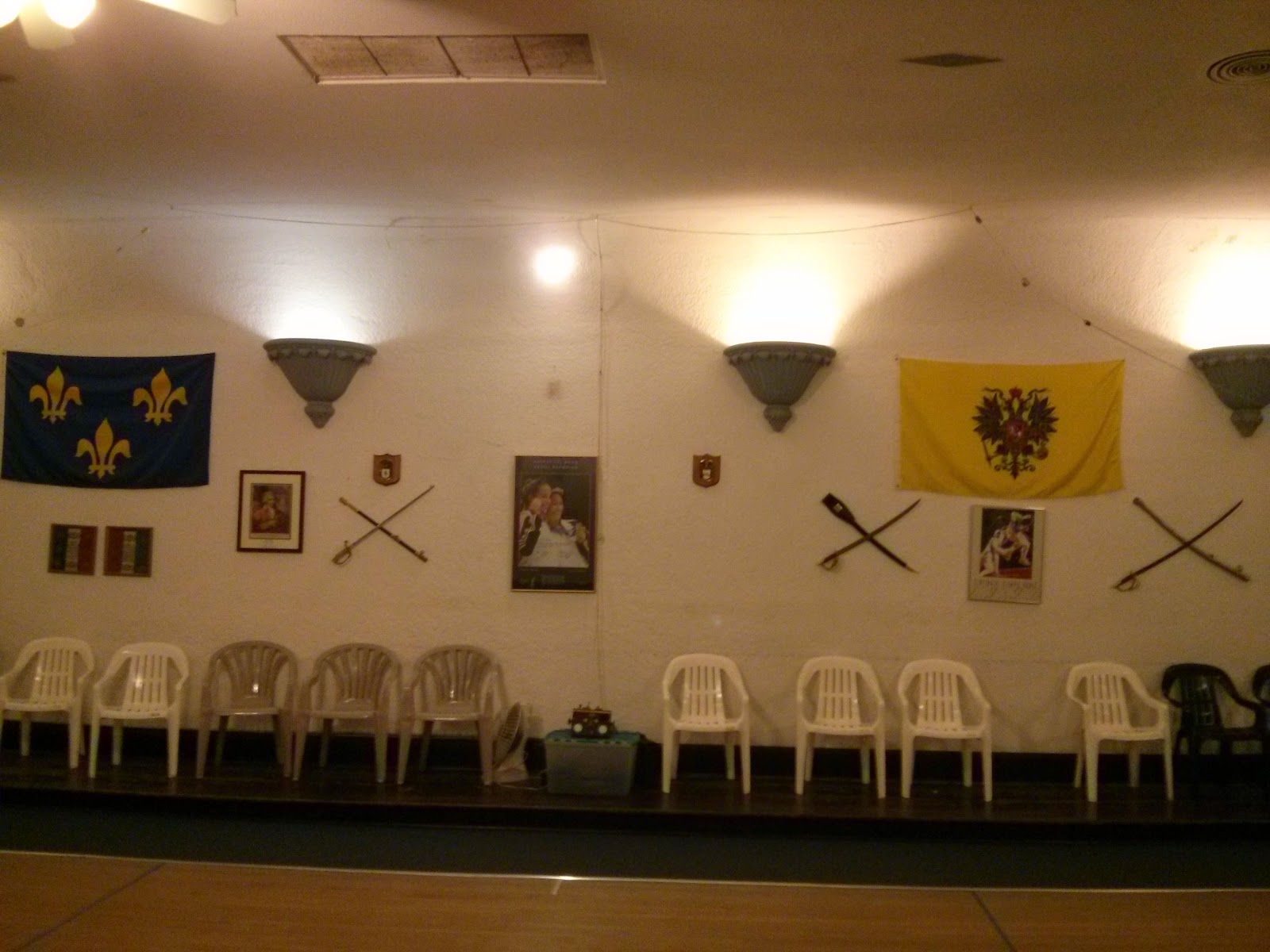The blog discusses current affairs and development of national economic and social health through unique idea generation. Consider the blog a type of thought experiment where ideas are generated to be pondered but should never be considered definitive as a final conclusion. It is just a pathway to understanding and one may equally reject as accept ideas as theoretical dribble. New perspectives, new opportunities, for a new generation. “The price of freedom is eternal vigilance.”—Thomas Jefferson
Tuesday, June 16, 2015
Emergent Transformational Leadership-Battlefield to Business
Groups, regardless of type, will eventually form a command structure. It is one of the most natural occurrences in both civilized and uncivilized society. The kind of leadership, poor or high, will determine the values of the group and how well it performs under pressure. Whether discussing business or the military, ensuring the right type of leaders makes their way forward helps in developing high functioning teams.
Research into military teams highlights how transformational grassroots military leadership emerges from within the ranks when times are tough. Traits of emergent transformational leadership includes: visionary, leads by example, empowering others, sincerity of purpose, moral value system, genuine car for others, compassion, self-sacrificing, and self-efficacy (Bangari & Singh, 2014).
The confident but compassionate leader runs contrary to cultural fallacies that believe effective leadership is a domination game only. Transformational leaders create followers where power oriented leaders rely too heavily on formal position or fear that limits loyalty. Having the “golden touch” with others will still being driven toward goals seems to make a significant difference in outcomes.
Selecting and fostering leadership in business and military occupations is important because they can inspire followers to raise their performance to accomplish objectives above and beyond themselves. Ensuring that the people with the right characteristics are brought forward and develop a sense of responsibility for others helps in solidifying social bonds and promotes loyalty.
Bangari, R. & Sngh, V. (2014). Establishing a framework of transformational grassroots military leadership: lessons from high-intensity, high-risk operational environments. The Journal for Decision Makers, 39 (3).
Thursday, February 12, 2015
How Social Position Empowers Our Opinions
Friday, January 30, 2015
Developing Learning Teams-Lessons from the Military
Wednesday, January 21, 2015
Designing Your Team for Effectiveness
Teams are a popular method of organizational problem solving. The very design of the team is often ignored in an effort to hastily put together a team of people who can achieve goals in the least amount of time and effort. However, the formation of the team, personalities contained within, and the background of members will have an unyielding influence on whether or not that team will succeed in its endeavors.
Let us consider a problem a department is having in terms of making themselves more efficient and customer focused. The standard approach is to gather together the leadership team of the department and demand that they come up with new solutions. They will certain put their minds together and come up with a laundry list of solutions of which they have already said before.
The problem is that we are not necessarily sure that this will lead to the "right" solution. The right solution is that which is comprehensive and streamlines processes while raising customer satisfaction. Including all of the same people that allowed the department to become less efficient and customer friendly in the first place really isn't that wise.
This doesn't mean all is lost. By swapping out a few of the old guard for some new blood will be helpful. However, if your going to move that far you might as well be a little more strategic. Consider some of the following tips:
Include Different Stakeholders:
Finding new and unique solutions requires including people on the team that have new and unique perspectives. This isn't possible if you continue to include the same members over and over. Try keeping managers who don't dominate the group but do have knowledge of the operations of the department while adding a few managers from other departments.
No department works in isolation and processes & procedures run together and mesh in many ways. When solving problems be sure to include a representative from the departments that will be impacted by the change. They will provide insight into how well, or poor, things worked before and whether or not they can be improved. Good solutions will have a wider group of supporters.
Include Different Personalities:
Personality has an impact not only on the group dynamics but also the way in which people perceive information. Having serious personalities mixed with more artistic personalities may create some friction in the group but ultimately does lead to higher levels of development. Experienced personalities may help steer creative ideas into something more practical while creative personalities will ultimately push innovation.
Each group comes with its own dynamics. Switching around personalities helps to ensure that the dynamics don't become solidified unless it is beneficial. For example, an extremely dominant person may attempt to force their will o each group but this doesn't necessarily mean that the group dynamics are beneficial for solution creation.
Include Knowledge Based on Goals:
In our example of improving customer service and improving efficiency it is necessary to include those people who have the actual knowledge to contribute meaningfully to the discussion. Operational questions will need someone that can understand operations while customer service will need someone who understands customer service. Without this knowledge it is likely that results will be off.
Depending on the type of business you are running it is beneficial to include a marketing person in the group. Ideas must have market utility and raise the value of the company. Marketing people have the ability to understand the utility of ideas and whether or not they will achieve certain external expectations. A goal of improving customer service should have the knowledge support from marketing, customer service, or other qualified representatives.
Provide Skills for the Team:
Any serious ideas should be vetted through finance, legal, and others to determine if they are feasible. Even though all of these skills need not be on the team the support to analyze this information should be available to the team. Having someone who can understand and manage the process of analysis is important.
This means someone on the team that will have a basic level of statistical understanding, data metrics, finance, and human relations abilities to understand the feasibility of proposed ideas. Before coming to a final recommendation numbers will need to be run and a SWOT conducted. Without the ability to analyze options the team will not know which are likely to be approved.


